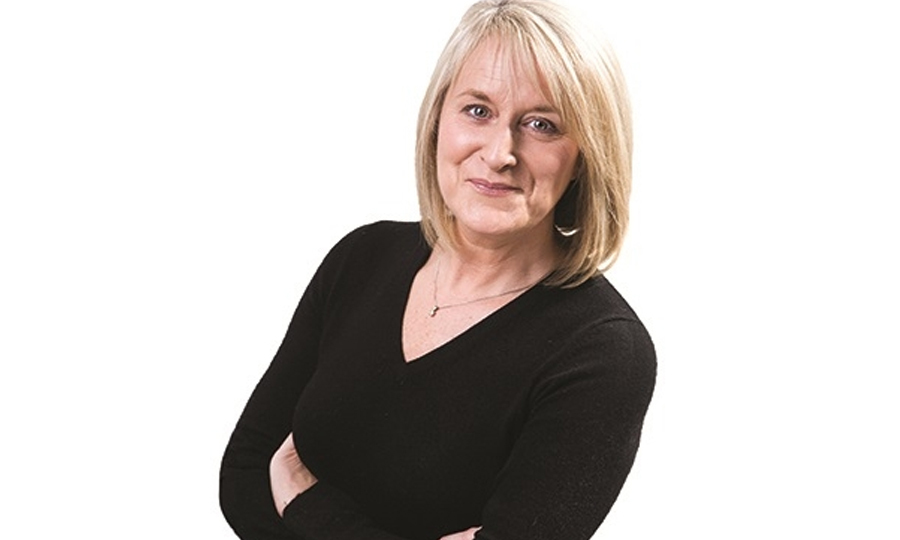
Nothing illustrated more neatly how irrational public discourse has become than the television footage of an angry woman with a loudspeaker filming herself attacking a Conservative MP for not being “Brexit enough”.
Dismissing the Welsh MP, David Davies, as a “traitor” and a “liar” when he told her he had actually voted to Leave, the woman resorted to saying he didn’t act like a Brexiteer before adding that he was a “snowflake” for raising issues about the rise in enmity towards MPs.
Damned if you do, damned if you don’t.
Irrationality has become a common thread in everyday discourse where serious analysis has been overtaken by a rush to condemn.
And nowhere has that been more acutely felt for me as a feminist as in the current debate about whether the rights of trans people affect my rights as a woman.
And in this, I find myself in a vulnerable place. You can either be a trans ally and accept everything without question or you can be transphobic, a TERF.
Most of us do not fall easily into either camp and so often people choose silence, not because they have nothing to say, but because they are concerned they will be branded with a label they don’t deserve.
And I have lived through attitudinal earthquakes where accepted norms have been shown to be wrong and quite rightly overturned.
But I have never known a time quite like this.
Last week in the Scottish Parliament, I went to hear Meghan Murphy, a Canadian feminist who has been banned from Twitter for saying that “men aren’t women” and for her views in relation to a case in which a trans woman has filed complaints against beauticians who refused to give her a Brazilian bikini wax because she had male genitalia.
Like the MSPs, I was there to listen, not to condemn, but the social media outrage that followed focused on just one MSP who was there, John Mason, an SNP politician with particular religious views, who has previously been condemned for some of his attitudes on LGBT+ rights.
And so, in the Twitter froth, all were guilty by association. But I am not John Mason and neither did he speak for anyone else in the room. In fact, he didn’t speak, he listened.
And like me, he heard a lively and nuanced conversation among women.
And importantly, in a parliament designed for free-flowing debate, he will have heard a variety of views, including those of the transgender woman who expressed concerns about self-identification and those of the volunteer from Glasgow Women’s Aid who had asked service users how they felt about male-bodied women using single-sex spaces. That went unreported.
This isn’t a polarised argument about whether feminists are transphobic or not – I have still to meet one that is. But it has become about women being silenced.
And it was ironic that a meeting organised by women to let women talk about women’s issues, then became hijacked by critics focusing on what men were there and what they think.

Enjoy the convenience of having The Sunday Post delivered as a digital ePaper straight to your smartphone, tablet or computer.
Subscribe for only £5.49 a month and enjoy all the benefits of the printed paper as a digital replica.
Subscribe